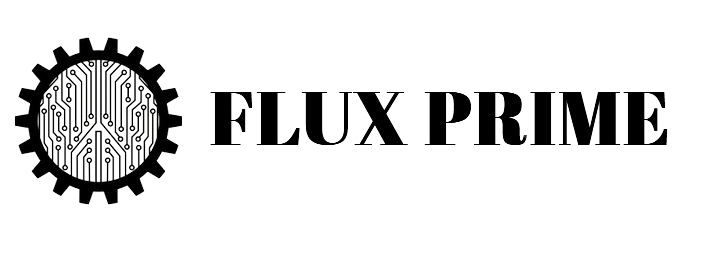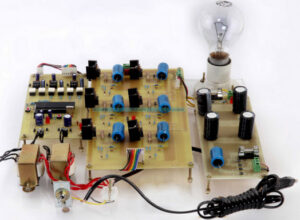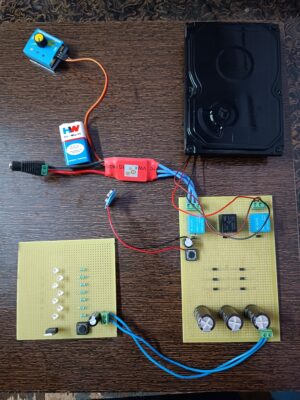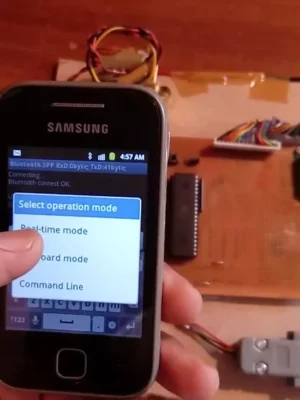Description
- An inverter is basically a device that converts electrical energy of DC form into that of AC. The purpose of DC-AC inverter is to take DC power from a source and converts it to AC.
- For example the household application an inverter receives DC supply from 12V or 24V batteries, which are connected in series to increase DC voltage level, and then inverter converts it to 240V AC with a desirable frequency of 50Hz.
- These DC-AC inverters have been widely used for industrial applications such as motor speed control, output voltage control, Emergency power supply, uninterruptible power supply (UPS), etc.
- The DC-AC inverters usually operate with Pulse Width Modulation (PWM) technique.
- The PWM is a very advance and useful technique in which width of the Gate pulses are controlled by Voltage reference. PWM inverter is used to keep the output voltage of the inverter at the rated voltage depends on the output load.
- In a conventional inverter the output voltage changes according to the changes in the load. To nullify this effect of the changing loads, the PWM inverter correct the output voltage by changing the width of the pulses and the output AC depends on the switching frequency and pulse width which is adjusted according to the value of the load connected at the output so as to provide constant rated output.
- (SPWM) is a more sophisticated technique for generating a fundamental sine wave that provides a higher voltage to the motor and lower total harmonic distortion (THD).
- It is also compatible for use in vector control (Field orientation) of AC motors. This abstract describes the theory of SPWM and the project shall be made using a programmed microcontroller of 8051 family duly interfaced to 3 phase six pulse inverter with 6 no’s MOSFET from DC derived from a single phase mains or 3 phase, 50 Hz supply.
- The load shall be a three phase 50 Hz 440volt 0.3 HP motor. Alternatively a star lamp load can be used in place of motor to view the waveform only.















Reviews
There are no reviews yet.